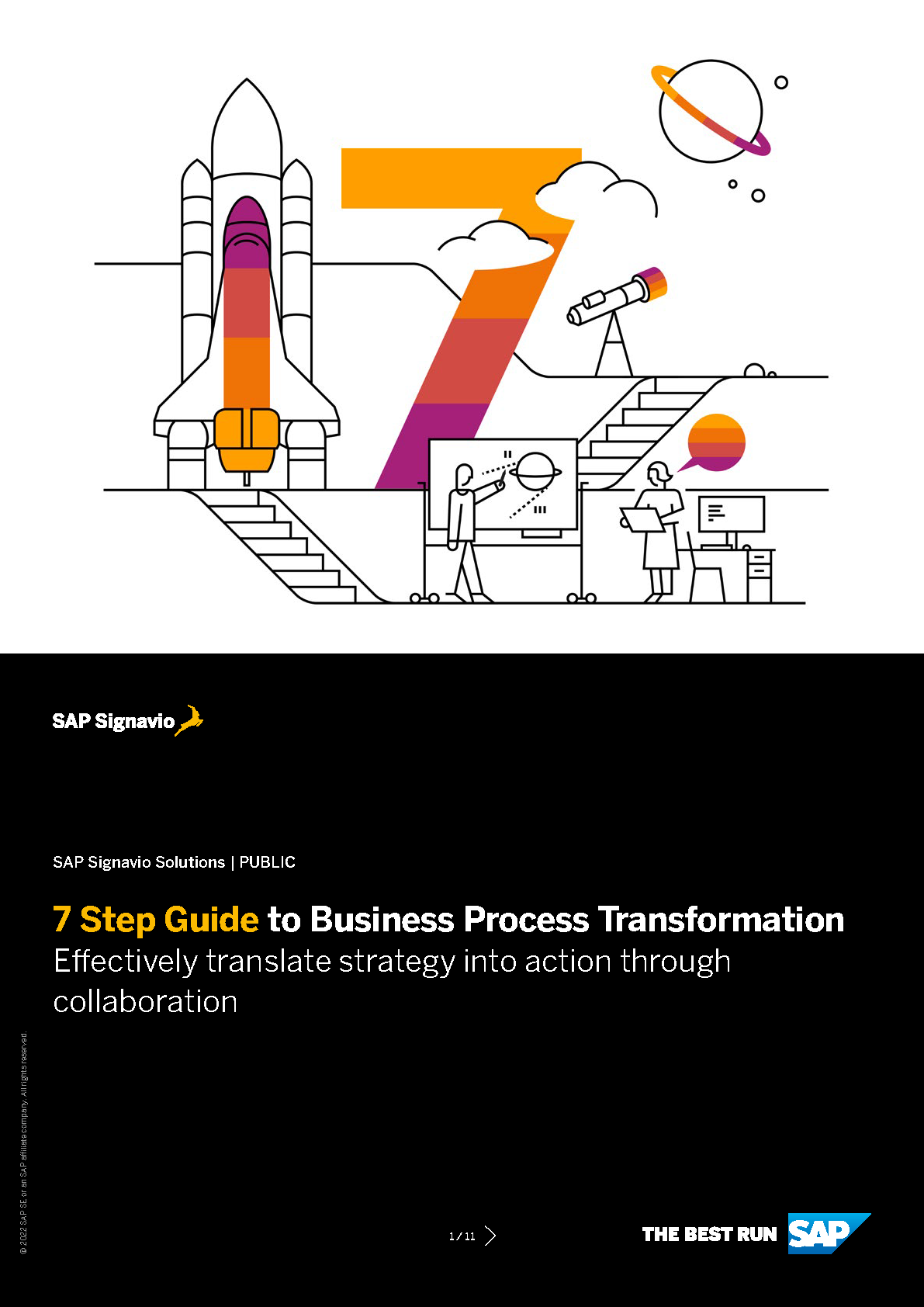19 BPM challenges and how to resolve them
BPM touches many areas of your business—operations, leadership, IT, and vendor selection. It is therefore unsurprising that organizations face a diverse set of challenges when implementing BPM.
Below are 19 of the most common BPM challenges. For each, you’ll find a tip to address it and a metric to help track improvement.
Organizational challenges
These challenges typically arise from structural or cultural issues within your organization. They can hinder cross-team collaboration and the adoption of process management tools.
1. Resistance to change
Employees may resist the unfamiliar systems and revised roles introduced by BPM. They may even worry that their jobs are being threatened. This will slow the adoption of new workflow management systems and undermine transformation efforts.
- Solution: Engage stakeholders early to make them participants in the transformation process, and encourage feedback. Provide role-specific training to ensure everyone understands how to use the new systems, and incentivize early adoption. Link the transition to visible improvements in customer satisfaction and employee empowerment.
- KPI: Percentage of employee adoption within the first 90 days.
2. Siloed departments
Having siloed departments leads to restricted information flows and obstructs coordination between teams right across the business process management lifecycle. This impairs process consistency and slows decision-making, which leads to delays in cross-functional initiatives.
- Solution: Implement collaborative BPM platforms that foster transparency and shared ownership to strengthen organizational collaboration and agility across departments.
- KPI: Number of cross-functional processes actively monitored.
3. Limited resources
Constraints related to budget, personnel, or technology can delay BPM efforts, reduce scope, and make your company less process efficient. This may limit the reach and effectiveness of your initiative.
- Solution: Prioritize high-impact, low-complexity process improvements that demonstrate fast ROI and drive efficiency gains.
- KPI: Process improvement ROI on pilot projects.
4. Undefined process ownership
Without clear ownership, processes become fragmented and process performance lacks accountability. Performance management becomes difficult, conflicts are generated, and work gets left undone.
- Solution: Assign dedicated process owners to ensure consistent monitoring and process execution to reinforce accountability and process reliability.
- KPI: Percentage of core processes with assigned ownership.
Strategic and leadership challenges
Without clear direction and executive support, BPM initiatives may fail to align with broader business goals and gain traction.
5. Lack of executive support
BPM without leadership endorsement may lack visibility, resources, and strategic alignment. As a result, your initiative might stall.
- Solution: Best practices include linking BPM objectives to business goals such as compliance and innovation to gain executive sponsorship and long-term support. Clearly present only the key data to support your suggestions, show end-to-end process improvement, and facilitate decision-making based on overall business performance.
- KPI: Number of executive-sponsored BPM initiatives.
6. Unclear objectives
Unspecified or conflicting objectives when optimizing business processes seed confusion and lead to inconsistent execution. This reduces focus and ROI.
- Solution: Define measurable BPM goals that align with business objectives; highlight improvements in operational efficiency.
- KPI: Clarity score from stakeholder surveys.
7. Difficulty measuring success
Without a measurement framework, BPM efforts become difficult to evaluate and adjust. Improvement remains anecdotal, and the true value of the initiative goes unrecognized, which can lead to future initiatives being rejected.
- Solution: Establish a structured measurement model tied to real-time KPIs that drive continuous process improvement.
- KPI: Number of defined KPIs tracked per initiative.
Technical challenges
These relate to the IT infrastructure and technical capabilities required to support BPM tools and integrate them into daily operations.
8. Integration with legacy systems
Older platforms may not be able to communicate with new BPM tools to meet current business needs. This leads to fragmentation that reduces workflow efficiency.
- Solution: Implement modern BPM tools with seamless integration capabilities to enhance agility and minimize system disruptions.
- KPI: Number of legacy systems successfully integrated.
9. Poor data quality
Inaccurate or inconsistent data sets undermine BPM analysis and automation. As a result, optimization is hampered.
- Solution: Apply governance protocols and use BPM software that includes data validation tools to improve accuracy and support data-driven decisions.
- KPI: Percentage of data validation error reduction.
10. Over-customization of tools
Tailoring BPM software too heavily creates complexity and hinders adaptability. This can make maintenance timely and costly.
- Solution: Standardize processes using built-in tool capabilities to enable scalability and reduce the long-term IT burden.
- KPI: Time-to-deploy for new BPM workflows.
11. Skills gap
BPM initiatives require knowledge that internal teams may not have. Without it, projects can get delayed or poorly executed.
- Solution: Build internal capabilities through training and coaching to enhance operational agility and collaborative execution.
- KPI: Number of BPM-certified employees.






